Web-based training
IBM Tivoli Netcool Configuration Manager 6.4.2 Operations and Configuration - TOD44G
In this course, you learn how to operate and configure the Netcool Configuration Manager solution for compliance of network device configurations. Topics cover many aspects of the solution and how it supports the network configuration management environment. You have access to virtualized servers, network devices, and extensive exercises to see how the solution manages network devices and creates compliance policies to ensure correct configuration settings. You configure software so that network discovery can run. You learn methods that the solution uses for device management and its customization, in addition to details about device modeling technology. You work with integrations between Netcool Configuration Manager, IBM Tivoli Network Manager, and Netcool/OMNIbus to see how these solutions work together to manage the network.

Description
If you are enrolling in a Self Paced Virtual Classroom or Web Based Training course, before you enroll, please review the Self-Paced Virtual Classes and Web-Based Training Classes on our Terms and Conditions page, as well as the system requirements, to ensure that your system meets the minimum requirements for this course. http://www.ibm.com/training/terms
IBM Tivoli Netcool Configuration Manager solution overview
Business value
Architecture
Terminology
Configuration manager interface
Accessing the application
The queue manager
The resource browser
User preferences and help
Single change configuration management
Discovering network devices
Navigating the configuration and changes
Making direct connections to devices
Device synchronization
Mass change configuration management
Command sets
Building simple command sets
Processing command sets
Administrative tasks
Approving changes
Stopping and restarting units of work
Searching and comparing units of work or resources
Restoring a versioned configuration
Reporting
Netcool integrations
Integration with other Netcool products
Authentication and authorization model
Enabling access control
Realms
Groups and users
FIPS 140-2 security
Device management
Modeling and drivers
Security sets
Device interaction
Customizing device interaction
Device authentication
Access resource
File transfer resource
Using workflow and scheduling
Controlling the flow of tickets
Scheduling units of work
Understanding server time
UOW management
Units of work and tasks
Task processing
Change management quality
IBM device terminal
Device terminal overview
Device terminal command filtering
Device terminal administration
Advanced command sets
Command set types
Native command sets
Modeled command sets
Applying command sets
Command set groups
Device OS upgrade manager
OS upgrade overview
OS registry
OS specification
Optional resources
Launching an OS upgrade
Out-of-band change (OOBC) daemon
Overview
Installing OOBC
Configuring OOBC
Compliance manager interface
Accessing the application
The Policy Definitions tab
The Devices tab
The Execution tab
The Results tab
Integration with configuration management
Compliance reports
Build and run a policy
Policy overview
Building a Definition
Building a rule
Email action
Build and test a policy
Exempting a device from a policy
Build and run a process
Remediation
Remediation actions
Parameterization
Approvals
Advanced definitions
General concepts
CLI definitions
Show command definitions
SmartModel definitions
Using parameters in definitions
Using JavaScript
Preemptive compliance
Overview
Requirements and configuration
Aim
After you complete this course, you can perform the following tasks:
Discover and import network devices into the solution
View and modify a configuration with the configuration editor
Modify one or more devices with a command set
Approve, stop, and restart units of work
Import devices that are discovered by IBM Tivoli Network Manager
Implement view, add, modify, and delete rights throughout the application
Create schedules for units of work and implement recurring units of work
Optimize execution of tasks and steps to increase throughput
Use the IBM device terminal to connect to a device and make changes
Build and test modeled command sets that have advanced features
Use the upgrade manager
Make out-of-band changes with the out-of-band change daemon and synchronize them
Create and test simple compliance policies
Use the existing compliance reports
Create automated actions to remediate device compliance
Set up preemptive compliance and observe its effects on unit of work execution
Participant requirements
Before taking this course, you should have the following skills:
Basic UNIX skills are helpful but not mandatory
Participant
Partners, Services, Support, Technical Sales






